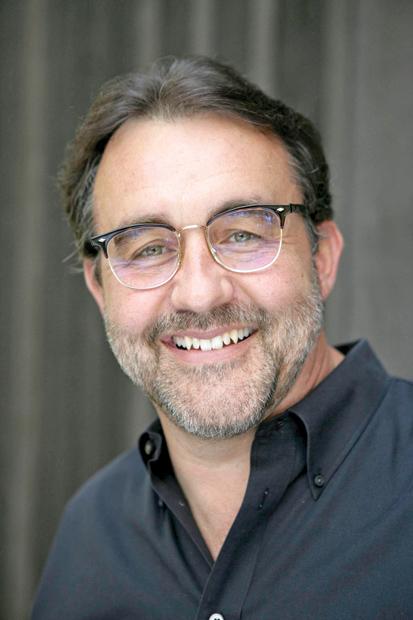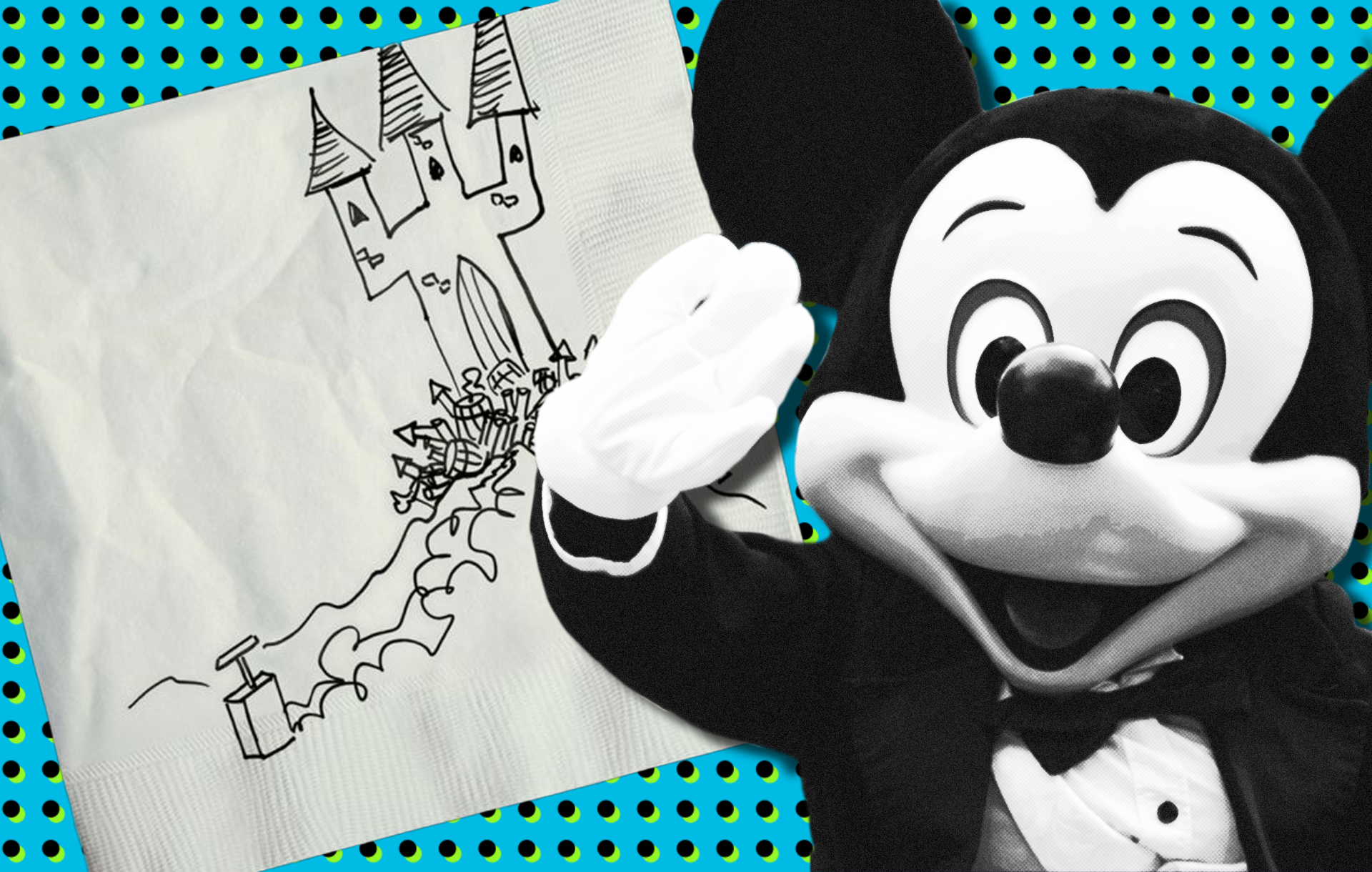In 2010, ten years ago now, a documentary arrived called Waking Sleeping Beauty. The film looked back at the renaissance in Walt Disney Feature Animation between 1989 and 1994 when, after a long fallow period, Disney released The Little Mermaid, Beauty and the Beast, Aladdin, and The Lion King. That era represented a return to glory for the legendary animation division, and the documentary extolled the executives, animators and composers responsible for that famous renaissance.

The film, which debuted at film festivals in late 2009 and hit theaters in March of 2010, was directed by Don Hahn (who produced Beauty and the Beast and The Lion King) and produced by Hahn and Peter Schneider, a former Disney animation executive. It was also released by Walt Disney Studios, so its viewpoint wasn’t exactly impartial.
While Disney is somewhat notorious for self-mythologizing – see Saving Mr. Banks, or better yet, don’t –Waking Sleeping Beauty did depict some illuminating things about Disney, how it rose, and how it fell again. And it’s especially fascinating, a decade later, now that Disney holds a dominant position in Hollywood once again, leading up to the launch last year of Disney+, where Waking Sleeping Beauty is now streaming.
The Mouse Rises Again
The film begins by telling the story of how the Disney animators were so low on the totem pole in the mid-1980s that they were banished off the Disney lot, to a nondescript building in Glendale. Disney’s “Nine Old Men” were all retired or dead by that point, and the animation staff consisted of future geniuses such as Don Bluth, John Lasseter, and Tim Burton. Disney, which hadn’t made a great animated movie in years by the early 1980s was ossified and in no place to compete as a Hollywood studio, was turned around in 1984 when Michael Eisner arrived as Disney CEO, with key lieutenants Frank Wells and Jeffrey Katzenberg.
It’s especially fascinating, a decade later, now that Disney holds a dominant position in Hollywood once again
Waking Sleeping Beauty doesn’t shy away from one inconvenient fact: When Eisner was CEO of Disney, he and other executives, especially renaissance-era animation czar Jeffrey Katzenberg, were often at each other’s throats. Many of these stories were told in 2005 in James B. Stewart’s great book DisneyWar, one of the best non-fiction books ever published about the movie industry. The film also acknowledges that while the early ’90s was a classic era for Disney animation, that classic era eventually ended, and the films in the years since hadn’t been nearly on that level.
Part of Our World
The best part of Waking Sleeping Beauty, then as now, is the one with Alan Menken and Howard Ashman, the Broadway composers brought in to write the music for The Little Mermaid, Beauty and the Beast, and Aladdin. We see Ashman, in archival footage, talking about the “I Want” song and other tropes that have since become familiar, and then the heartbreaking story of his death from AIDS, a few months before the release of Beauty and the Beast in 1991.
The best part of Waking Sleeping Beauty, then as now, is the one with Alan Menken and Howard Ashman
We also see some events leading up to the promotion of The Lion King in 1994, in which live lions were brought out at events. I kept expecting the camera to zoom out to reveal that characters from Tiger King were among the lion wranglers.
After Eisner
So what happened in the decade after Waking Sleeping Beauty? Under Eisner’s successor, Robert Iger, Disney launched the Marvel Cinematic Universe, went on an acquisition spree that included Pixar, Lucasfilm, and Twentieth Century Fox, leading up to the launch of Disney+. This has put Disney in a dominant position at the box office; in 2019, the company had the six biggest box office hits and 7 of the top 8, with the lone non-Disney film being Spider-man: Far From Home, an MCU movie that was nominally released by Sony.
There was also a resurrection of Disney Animation itself, which had been overshadowed for years by corporate sibling Pixar. The megahit Frozen arriving in 2013, became the highest-grossing animated film in history. Disney has also gone on to remake several of the classic animated movies, with all five from the Waking Sleeping Beauty era either already produced or on the way.
Which way will Disney go? Amid coronavirus, the postponement of the movie schedule and the closings of the theme park, the company’s stock has crashed, although that’s also true of most companies. Iger recently retired, replaced by former Parks boss Bob Chapek. But, Waking Sleeping Beauty remains an illuminating look at one of the animation form’s greatest eras.




